Huawei's sub-brand Honor is always pretty impressive, but sometimes, you have to look closely to see the difference between Honor and Huawei proper devices. The Honor 20 Pro is an awesome smartphone, but with a Kirin 980 and a quad-camera, it's just one of many devices that Huawei makes with similar specs.
What stands out from the pack is its stunning design. It promises to be a holographic design, coming in different colors, and it's beautiful. It really reminds me of the Honor View 20, which also had a unique metallic look, although it was with a 'V' shape.
The good/bad news is that it comes with a free skin for Fortnite, called the Wonder skin. It's great news if you play Fortnite, and terrible news if you don't. If you don't believe me, post a picture of the device on social media, and watch your DMs get spammed. Sadly, this is a big part of the experience I've had with the Honor 20 Pro.
Specs
| CPU | Octa-core HiSilicon Kirin 980, dual-core 2.6GHz Cortex-A76, dual-core 1.92GHz Cortex-A76, quad-core 1.8GHz Cortex-A55 |
|---|---|
| GPU | Mali-G76 MP10 |
| Display | 6.26 inches, 1080x2340, 19.5:9, 412ppi, IPS LCD |
| Body | 154.6x74x8.4mm (6.09x2.91x0.33in), 182g (6.42oz) |
| Storage | 256GB |
| RAM | 8GB |
| Camera | 48MP + 16MP + 8MP + 2MP, Front - 32MP |
| Video | 4K - 30fps, 1080p - 60fps, Front - 1080p - 30fps |
| Aperture | f/1.4 + f/2.2 + f/2.4 + f/2.4, Front - f/2.0 |
| Camera features | Ultrawide lens, 3x telephoto lens, macro lens. PDAF, laser AF, and OIS in standard and telephoto lenses |
| Battery | 4,000mAh |
| Price | €599.90 |
Day one
Design
As I said before, this is an absolutely beautiful device. I have to say that I love the things that Huawei is doing in terms of design, and it's really setting a standard for the whole industry. It started with gradient colors on the P20 Pro, and while other Huawei devices have followed the same idea, Honor devices have their own unique style.

Honor is calling this a holographic design. The top and bottom of the back are a sort of dark blue or dark purple, and there's a gradient toward a brighter purple in the middle. But as you can see from the images, it's not just a simple gradient. The light hits the glass back in a certain way to create different designs.
It's totally beautiful. Honor gave me the Phantom Black color, although Phantom Blue is just as gorgeous. If you're the type of person that doesn't use a case on their phone and you want people to notice your device, this is it.

But that presents its own problem. The triple-lens camera module on the top-left corner is massive, and when I say that, I mean it protrudes further out of the device than I'd like. I feel like it's been a while since we regularly had arguments about camera bumps and how they affect a device sitting flat on a table, but with the Honor 20 Pro, it might be time to bring that up again. The issue is actually very noticeable.
Of course, that's an issue typically solved by a case, but you might not want to put a case over the beautiful design. See what I'm getting at here? It's an issue.
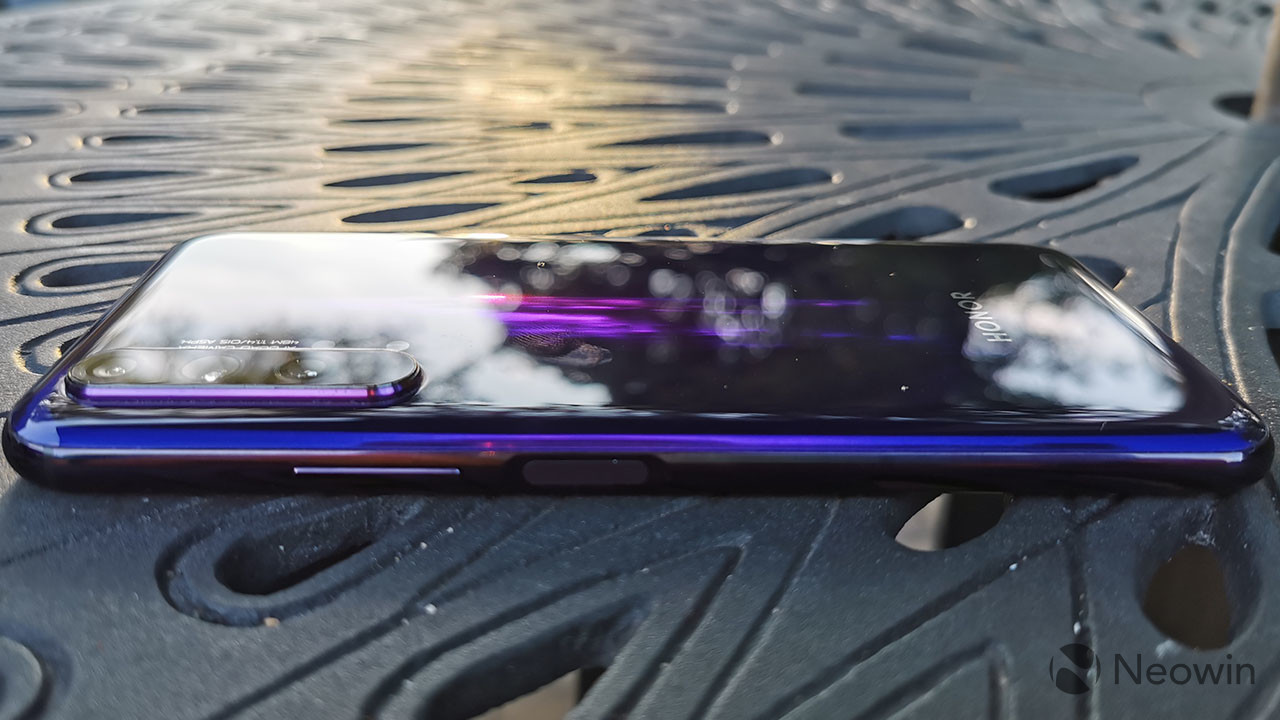
On the right side of the device, you'll find the volume rocker, and below that, a fingerprint reader that doubles as a power button. This is also not without issues. The fingerprint reader works well, almost too well. There have been times when I'd press it to put the phone to sleep and it would wake up again when I put it down. It's something to keep an eye on.

On the left side, there's a dual nano-SIM card slot, which I found to be useful. When traveling to China, where Huawei gave me the review unit, I was able to use my T-Mobile SIM for texts and calls, and use my Google Fi SIM for 4G LTE data.

On the bottom, there's the usual USB Type-C port for charging, along with a single speaker grille. Unfortunately, there is no 3.5mm audio jack, although that's pretty common these days. Huawei did give me its FreeLace headphones to use, and they're great. There's a USB Type-C cable built into them, so you can just plug it into the USB Type-C port and the phone will ask if you want to pair it with the headphones.
Ultimately, this is a well-designed phone with a beautiful glass back and metal frame. The camera bump is a bit large for a phone that you won't want to put a case on, but it does have a solid camera, so that might make up for it.
Display
The Honor 20 Pro uses a 6.26-inch 1080p screen with a 19.5:9 aspect ratio, making it 1080x2340. It has narrow bezels all-around, although the chin is slightly larger, something that's common with LCDs. That gives it a 412ppi pixel density, which is pretty standard. A 5.5-inch 1080p display at 16:9 would have been 401ppi, for reference. This is a bit narrower, hence the slightly higher pixel density.

Some might criticize the FHD option, with Honor opting not to go for QHD, like many other premium phones. I wouldn't. I think 1080p is fine, and I don't think anyone can tell the difference unless they're using it for some kind of VR application, something I don't hear people talk about anymore (when was the last time you heard about Google Cardboard?).

It has a hole-punch cutout for the front camera, which has been Honor's solution to the infamous notch since the View 20. Of course, the View 20 was the first mainstream smartphone to do it. I like the hole-punch cutout. It's much less intrusive than an actual notch, even a tear-drop notch like Huawei uses on its premium handsets, like the P30 Pro.
The screen looks great, but there's some bad news. It's an LCD, rather than an OLED display. Normally, that's not really a bad thing, since all of Huawei's LCD phones actually use great panels. But the company's Magic Android skin (like EMUI, but for Honor devices) takes away some features, including dark mode and the always-on display.

Granted, you might not actually want an always-on display with this device. The benefit of OLED is that pixels can be turned off, meaning that you can get true blacks. This is fantastic for ambient displays. LCDs are backlit, so you'd still be able to see that the whole screen is on. Of course, there's no excuse for the lack of dark mode. Luckily, Android 10 will make dark mode a native feature anyway.
The screen itself is really great though. The resolution is good, the colors are saturated, and the contrast is great. I just wish Huawei wouldn't hobble its LCD screens with software.
Camera
The Honor 20 Pro comes with a quad-camera system, including the main 48MP sensor, a wide-angle lens, a 3x zoom lens, and a 2MP macro lens. The aperture on the main sensor is f/1.4, -which is the largest that I've seen on a smartphone - and it allows for some great low-light photography.
It does not, however, use the RYYB technology that was included with the Huawei P30 series, and these are not Leica-certified lenses. That means that while low-light performance on the Honor 20 Pro is great, it's not the P30. After all, nothing is.
Honor used some other tricks to get low-light performance boosted as well. While you always could boost ISO sensitivity in Pro mode, it now does it automatically. And as Huawei was the first to do, the software includes night mode, which takes in light for a few seconds. Night mode is really good too, even on subjects that aren't completely still (look for the nighttime images of my dog Luna).

It supports portrait mode in both the front and rear cameras, and if you're not taking a picture of a person, you can use aperture mode. Personally, I think aperture mode is the dark horse of all of Huawei's phones. It's a phenomenal feature.
There's an 'AI' toggle in the camera app, and this is a feature of the Kirin 980, like the Kirin 970 before it. The idea is that the camera can see what it's looking at, and adjust settings accordingly. For food and greenery, it will saturate the colors; for a person, it will turn on portrait mode; if it can tell that it's dark out, it will turn on night mode; and so on. All of these samples were taken with AI mode on.
Aside from samples of the various modes, you'll find samples with the wide-angle lens, the standard lens, the 3x zoom lens, 5x hybrid zoom, and you might even find a shot in there with the zoom maxed out at 30x.
The Camera app has a toggle at the bottom of the viewfinder that goes between wide, 1x, 3x, and 5x. The first three switch between the three lenses, while 5x combines the optical zoom and digital zoom.
Overall, the camera performs quite well. If you zoom in on portrait and aperture shots though, you'll definitely find some issues, such as hairs or other fine items that are blurred when they shouldn't be. I feel like this could have been solved with a time-of-flight sensor, rather than the macro lens that was used.
Performance and battery life
Performance on the Honor 20 Pro is great, just like you'd expect. It has a HiSilicon Kirin 980 chipset and 8GB RAM, which is all you can ask for. Premium smartphone chipsets provide more resources than most people need; after all, if developers could target something better, it wouldn't be the top of the line. And 8GB RAM is plenty.
But Huawei also has GPU Turbo 3.0 now, a feature that's focused on gaming performance. Yes, mobile gaming is a booming industry, and it's continuing to grow. With GPU Turbo, you can get even better performance for games like PUBG.
One issue that I have with the Kirin 980 is that it doesn't support 4K 60fps video capture, something that other premium chipsets have had for a couple of generations now. Luckily, that's coming in the Kirin 990.

Battery life is fine, never failing to get me through the day with any less than 30% left at the end. It does use a bit too much power while on standby though, but I'm really not complaining about that since it still gets me through the day.
It comes with Huawei's 22.5W SuperCharge charger, the same one that comes with the non-Pro P30. Wired charging is fast, really fast. Unfortunately, there's no wireless charging, something that I really miss with this device.
For benchmarks, I used Geekbench 4 Pro, AnTuTu, and GFXBench. First up is Geekbench 4, which tests the CPU.

The scores are almost identical to the P30 Pro and the Honor View 20, which also pack Kirin 980 chipsets. For comparison, Samsung's Galaxy S10+ got a single-core score of 3,520 and a multi-core score of 11,177, although that has this year's Snapdragon 855. Qualcomm releases new chipsets in the spring while Huawei does it in the fall, so the timing is a bit off here.
Next up is AnTuTu, which has an all-in-one test.
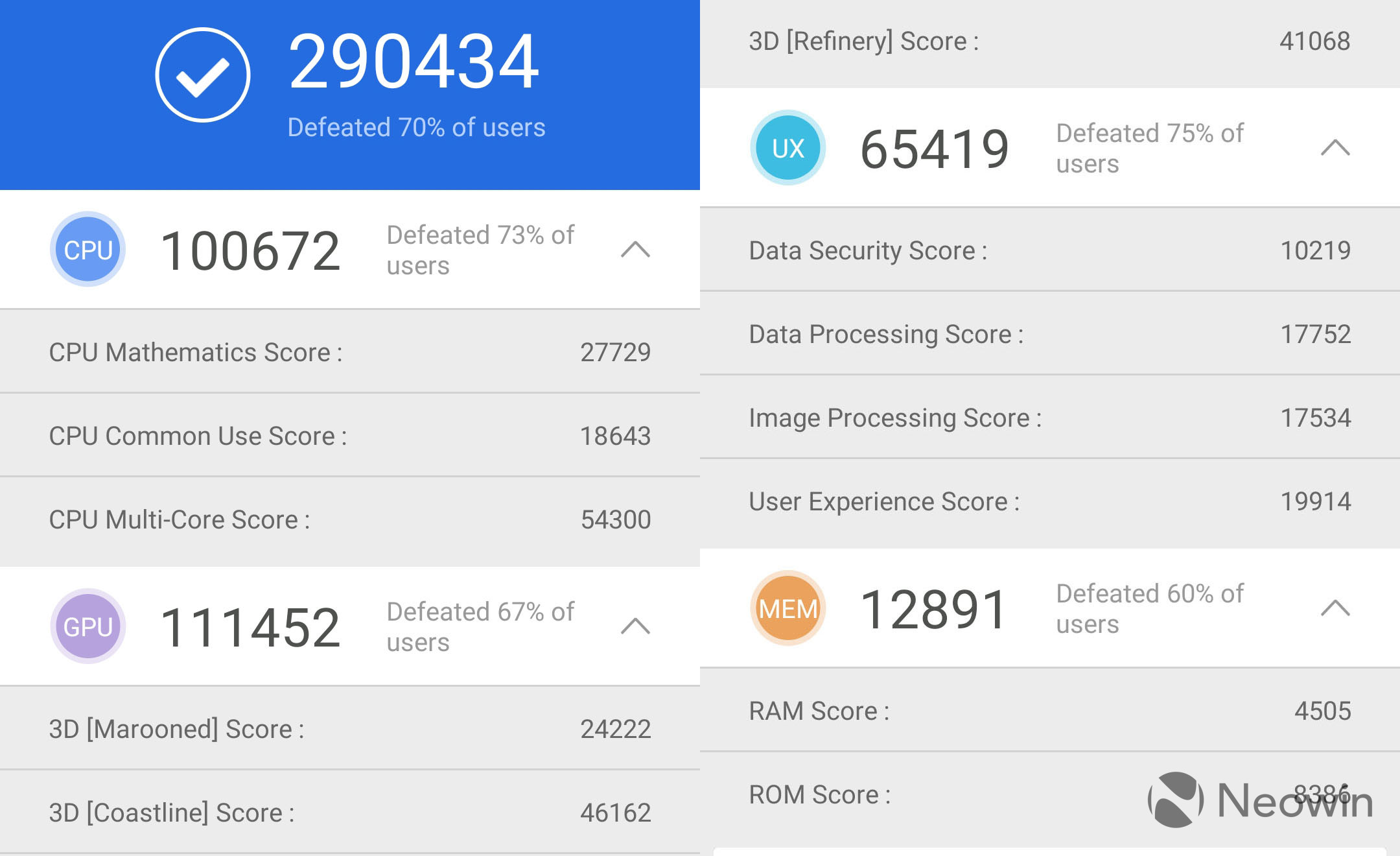
Again, you can compare this to the S10+'s score of 357,611. Last year's iPhone XS Max scored 312,678. Finally, GFXBench tests GPU performance.

Conclusion
The Honor 20 Pro is a great device. It has a stunning holographic design and fantastic cameras that will rival most other premium phones. My biggest issue is that I'm just not quite sure where it stands. Beautiful Huawei/Honor phones with a Kirin 980 and great cameras are common enough, with the P30, P30 Pro, Mate 20, Mate 20 Pro, and Honor View 20. I'm honestly not sure if you should buy this or the View 20, since they're so similar. The premium market needs to be more differentiated than that.

And then there are the issues that I have with the device itself. There's no wireless charging, no always-on display, no dark mode, and the camera bump is bigger than I'd like. If any of these are a deal-breaker to you, move on to the Huawei P30 series, which will exceed your expectations.
But if they're not, this is a fantastic device. The fact that it has a beautiful and unique design is definitely something that matters. When you pull out your phone, you want to feel good about it, and you want others to see it as well. With great battery life, performance, and a solid camera, it's tough to go wrong at €599.90.






































































































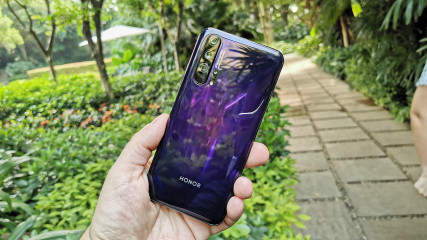
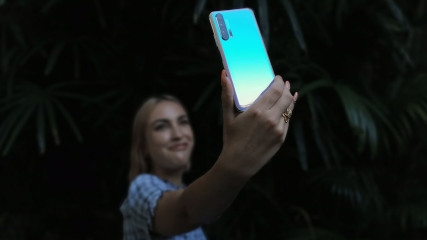
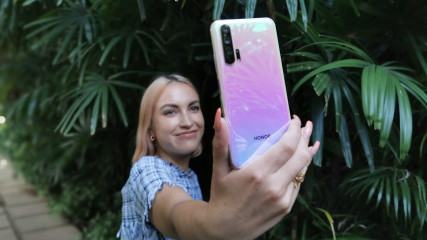
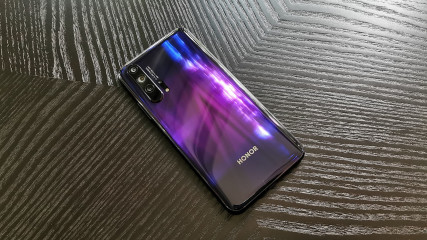

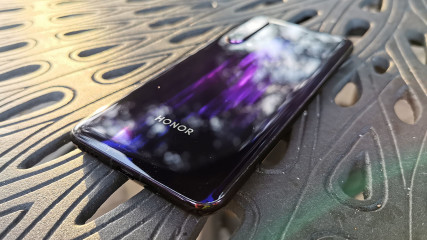
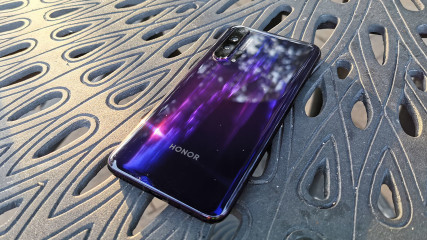

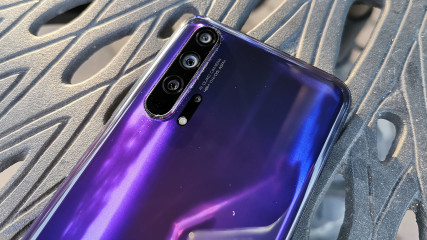
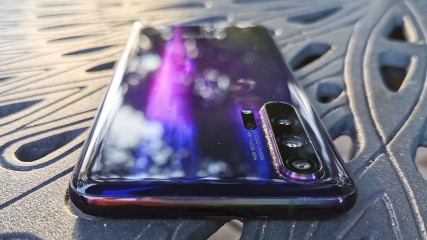
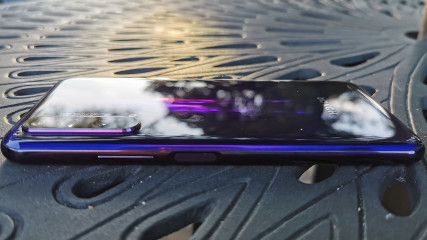
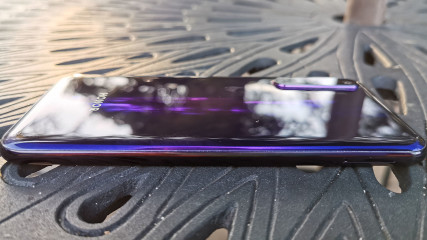


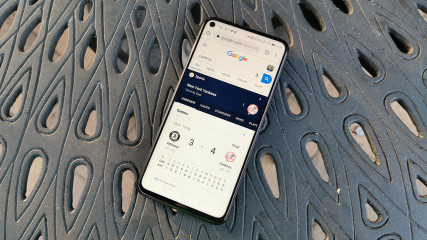
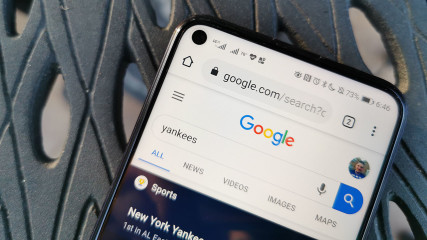

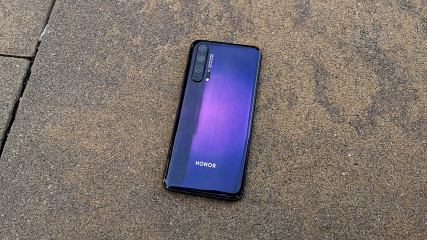
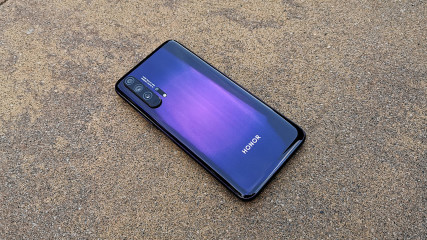










6 Comments - Add comment